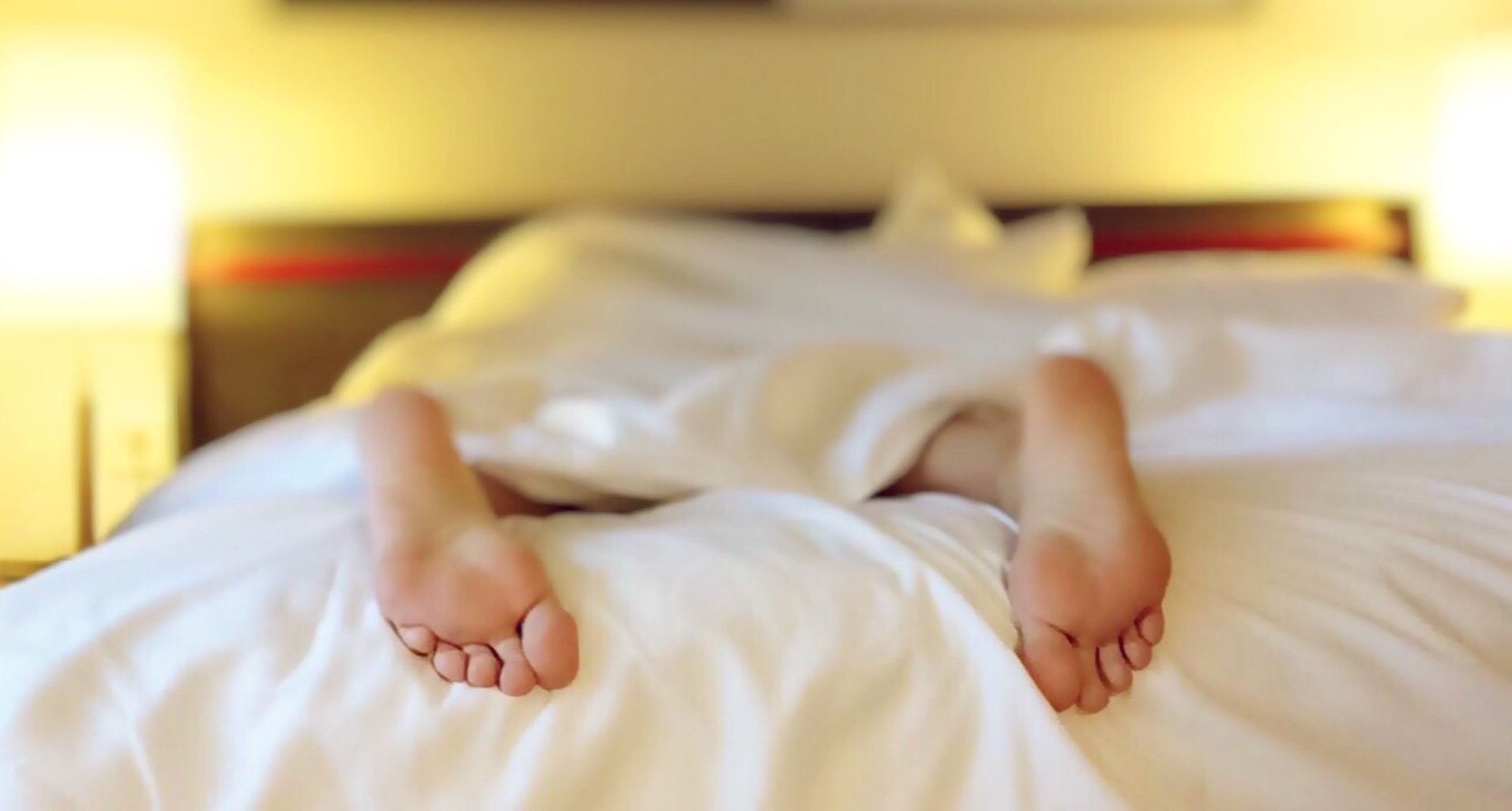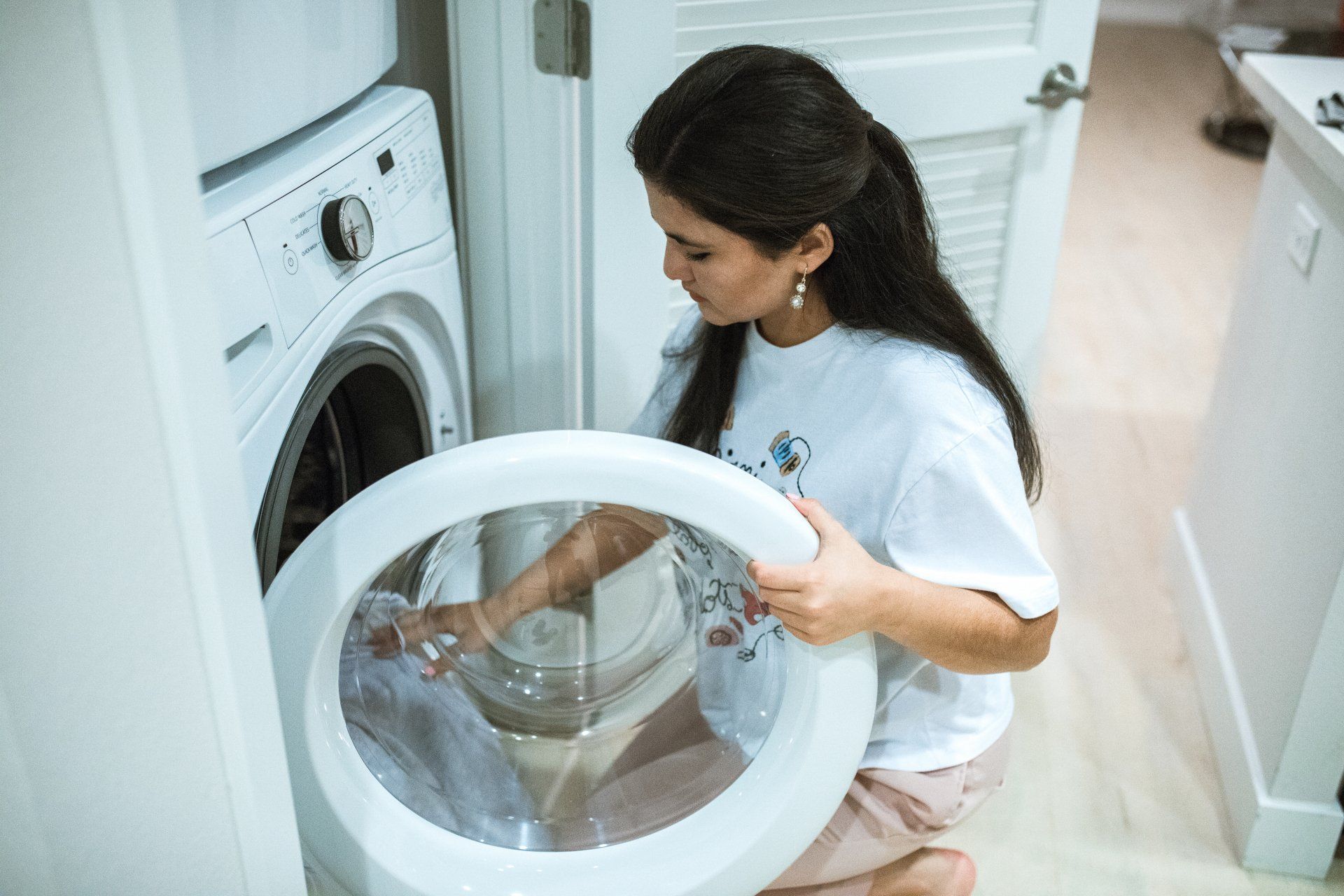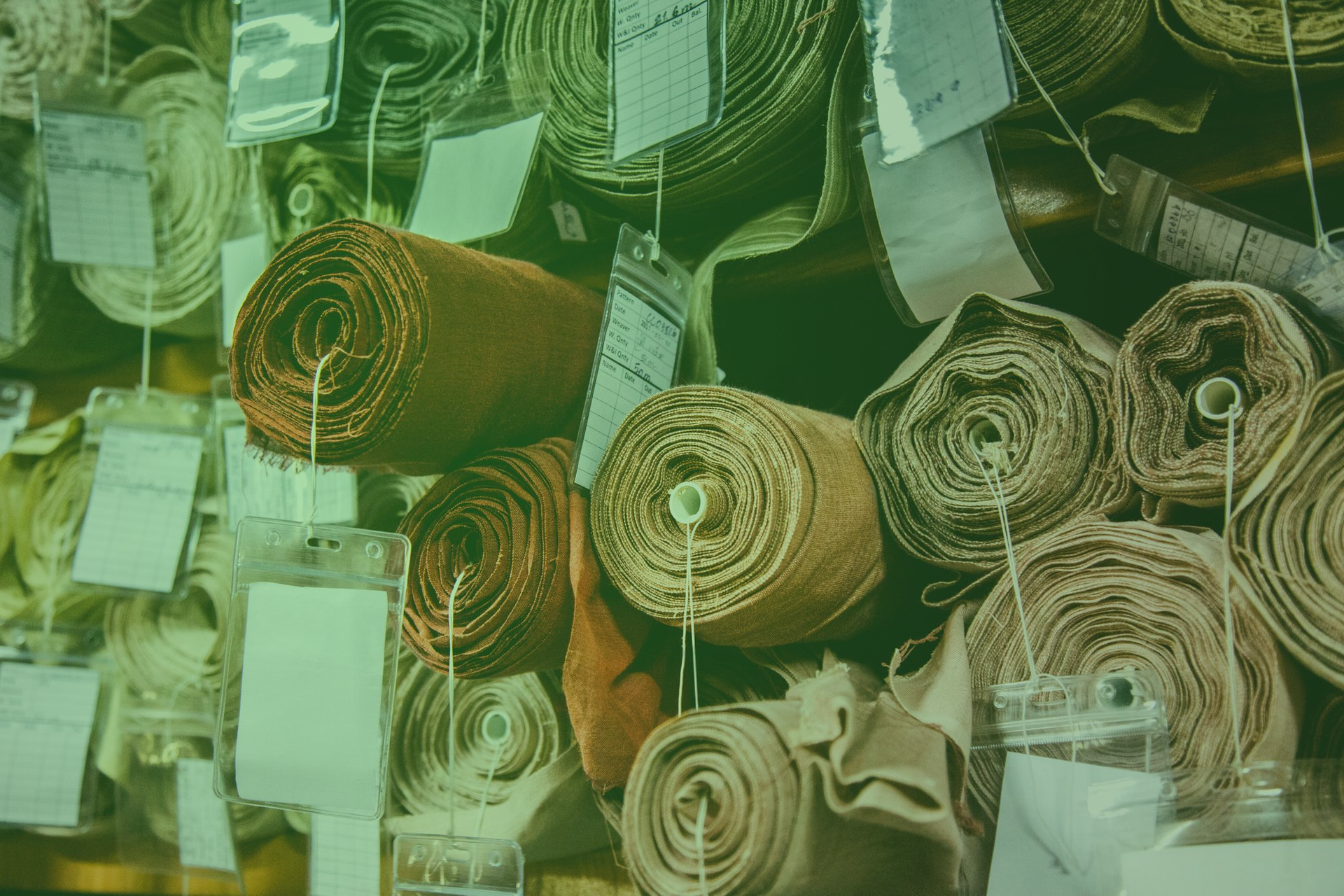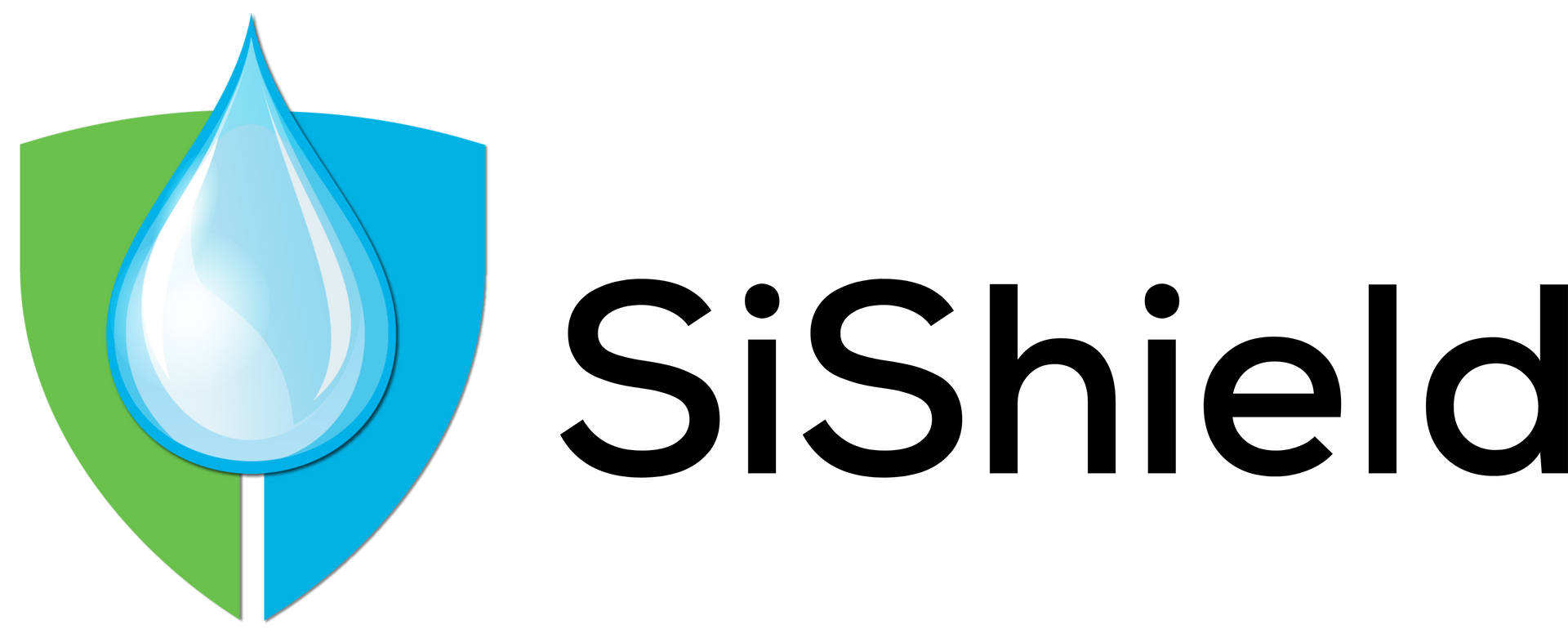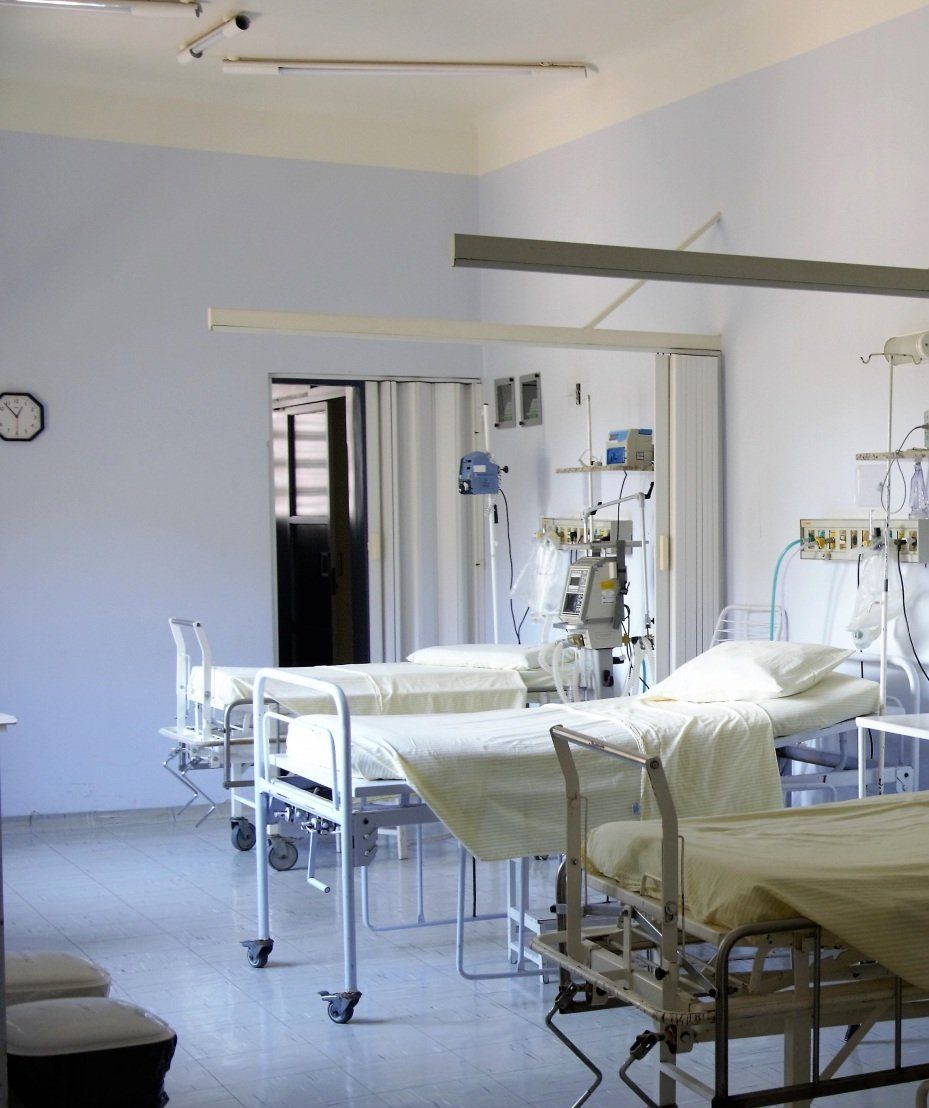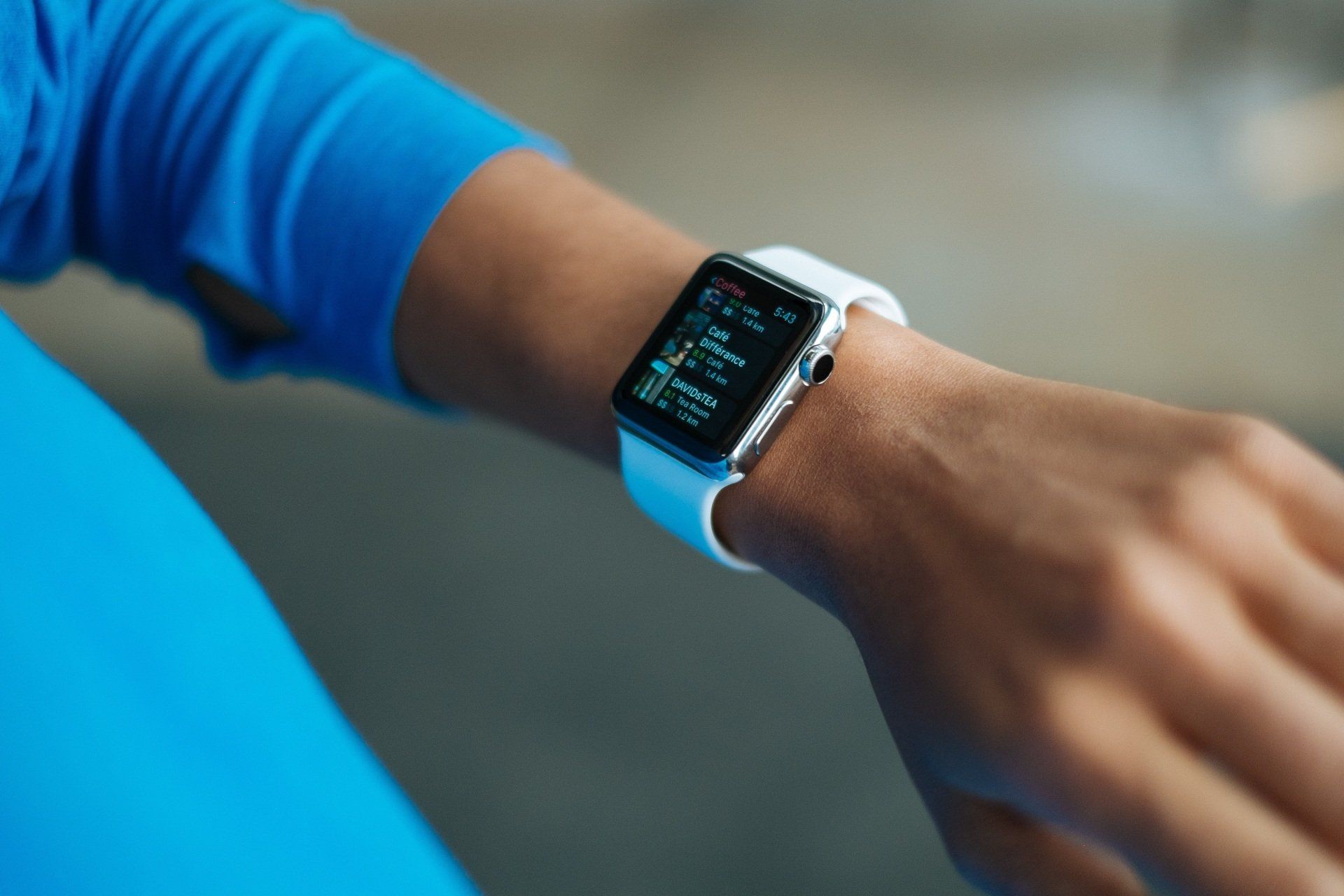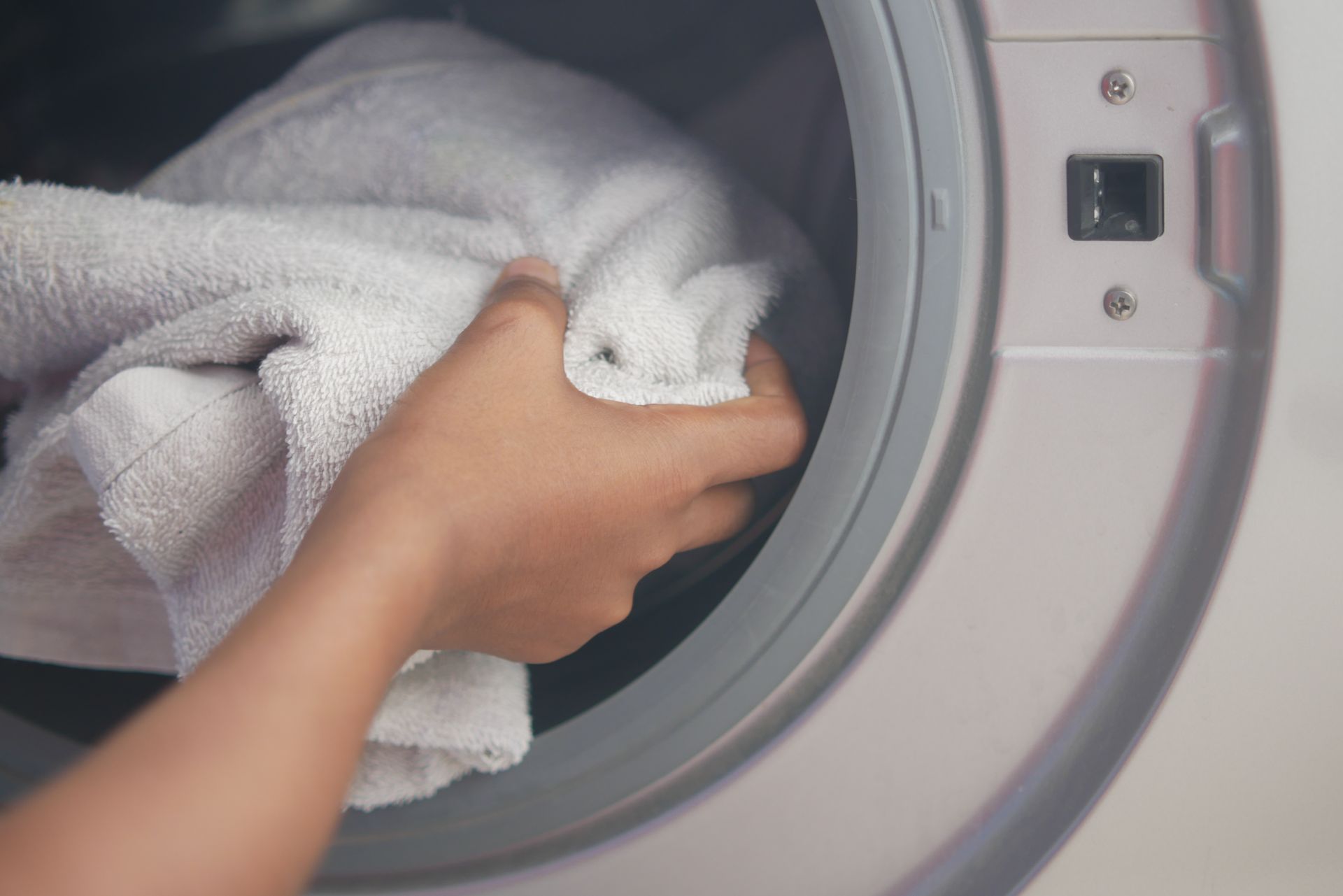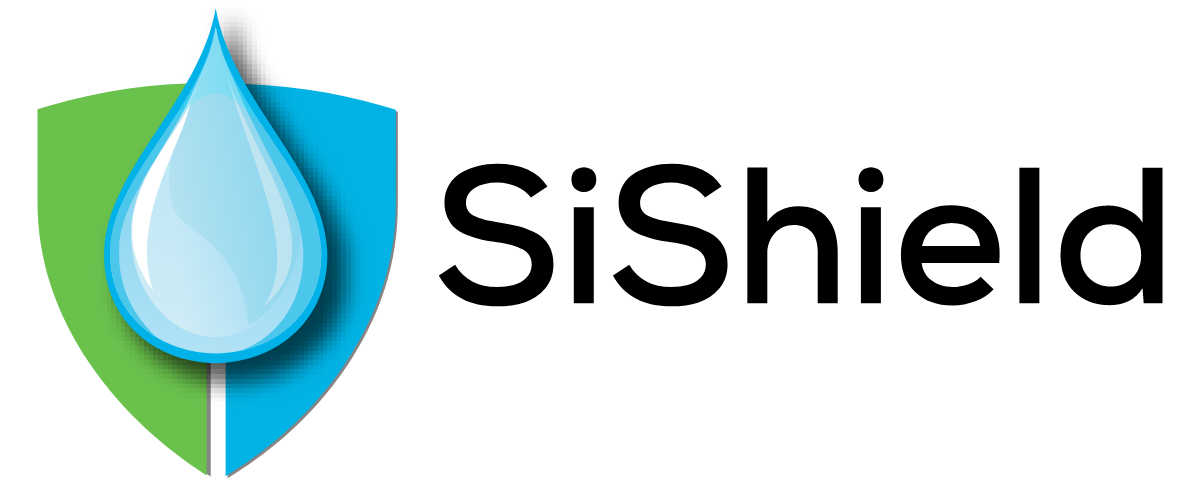The Biggest Trend in Textiles: Antimicrobial Benefits
Consumer Demand Meets Sustainability
The textile industry has witnessed a significant surge in the demand for antimicrobial textiles, with increased consumer awareness for products that protect their health and hygiene. Here's a comprehensive look at why antimicrobial textiles are becoming increasingly popular:
- Rising Market Value and Growth Projections: The Antimicrobial Textiles Market was valued at USD 10.7 billion in 2021 and is projected to reach USD 14.7 billion by 2026, growing at a CAGR of 6.5% from 2021 to 2026.[1] This growth is attributed to the rising demand across medical textile and apparel applications.
- Consumer Awareness and Hygiene: Driven by the COVID-19 pandemic and widespread awareness campaigns, consumers are becoming more informed about the potential dangers of microorganisms on textiles. Rising disposable income, changing lifestyles, heightened health concerns, and increasing focus on sustainability have all contributed to a heightened demand for antimicrobial textiles. These textiles offer a barrier against odor production, extend product life, and potentially protect against harmful microbes.
- Odor-Control: Beyond Freshness: With projections showing the global sportswear market potentially touching $248.1 billion by 2026[2] the demand for textiles with effective odor-control is clear. Today's consumers, including fitness enthusiasts, demand textiles that guarantee prolonged freshness, and they seek odor-reduction claims in the products they purchase. Cutting-edge non-biocidal odor-capture technologies are stepping up, ensuring odors are neutralized before they become a nuisance.
- Treading the Path of Sustainability: While the spotlight is firmly on antimicrobial and odor-reduction, it's important to recognize that these innovations dovetail with sustainability. Textiles that last longer translate to reduced washing frequencies, culminating in water conservation, diminished energy utilization and carbon reduction. Further, odor-inhibiting technology extends product life and reduces landfill. As the industry forges ahead, these technologies will be instrumental.
- Technological Advancements and Research: Continuous research and technological advancements in the textile industry are creating vast opportunities for the growth of the antimicrobial textiles market. The drive for new product development that is skin-friendly, cost-effective, and environmentally friendly is pushing manufacturers to innovate.
SiShield - the innovative leader in safe, effective and durable antimicrobial solutions - has formulations that easily integrate into almost any surface and substrate at the point of manufacture without changing the look or feel of the product. Committed to Sustainable Chemistry, our powerful eco-friendly antimicrobial additives are non-migrating, non-leaching and durable. Read more at SiShield.com.
Resources:
[1.] MarketsandMarkets
[2.] Global Sportswear Market Forecast, 2026.

